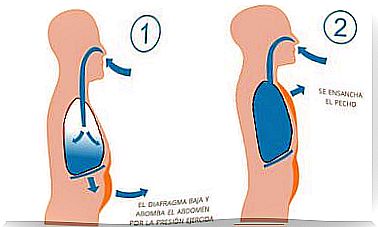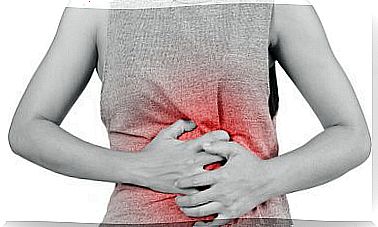The Mobile Phone Causes Insomnia
Not being able to rest well or what is necessary is a more common problem than we think. Insomnia and stress are two of the pathologies that are generating the most concern in this 21st century.
Have we stopped to think why? Perhaps it is due to our rhythm of life, having an always full schedule of activities, not knowing how to be with ourselves or abusing technological and electronic devices.
Among the latter, one of the most widely used is the mobile phone. Every time we give it more uses and it is difficult for any teenager not to demand it. This new way of communicating has multiple advantages but, at bedtime, it may not be a great ally.
Technology does not let us sleep
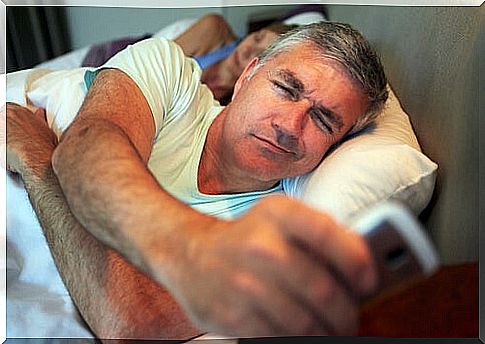
What is the last thing you see before turning off the light and closing your eyes? Many of you will respond … The mobile!
Those who cannot live without their smartphone have to know that, although it is good for many things; everything in excess is counterproductive. And this device is not spared, since used late at night can cause insomnia.
The use of any electronic tool that has a bright screen minutes before sleeping (or trying to fall asleep) does not allow the brain to calm down and rest as it deserves.
That was the conclusion reached by several studies, including the Rensselaer Polytechnic Institute in New York (United States). Prolonged exposure to technological devices such as mobile phones, televisions or tablets affects the levels of the hormone that regulates sleep cycles, melatonin.
It’s all due to the bright white light emitted by these devices. Even if we turn off the screen or the brightness is regulated, the melatonin levels are reduced by 25%; as to whether we didn’t. Thus, that last glance at the mail, social networks or television hurts us at levels that we are not aware of.
The mobile affects the systems responsible for regulating circadian rhythms. These refer to the physical and mental changes that occur in relation to sunlight and darkness. If they are well regulated, we will have dreams at night and we will be more alert when the sun rises.
Technological insomnia worries doctors
The new evil that afflicts patients who come to the consultation is known as ” technological insomnia” and is caused by the abuse of the Internet before sleeping.
Beyond the brightness of the screen, we also have to take into account the electromagnetic waves launched by the devices. As well as the addiction that we have to use the mobile until just before going to sleep.
In the Hospital Casa de Salud in Valencia (Spain) they have carried out an investigation where they claim that checking the Facebook wall , watching a video on YouTube or checking the email before going to sleep shortens the hours of sleep and affects the quality of rest.
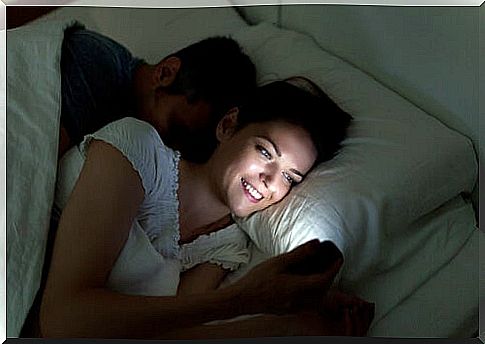
The night-time use of the Internet and the applications we have on our mobile (such as games) leaves the brain in a state of alert. This causes it to take a long time to “get back to normal” and understand that it is time to sleep.
It is the same as if we eat sugar or drink coffee after dinner. We need an additional two hours to fall asleep.
In addition, during the night we can wake up with a start, have nightmares and sleep in positions that later cause back and neck pain.
The neurophysiologists at this hospital recommend disconnecting from any electronic device at least one hour before going to bed, turning off the router, and leaving mobile phones out of the room at night.
Social media causes insomnia
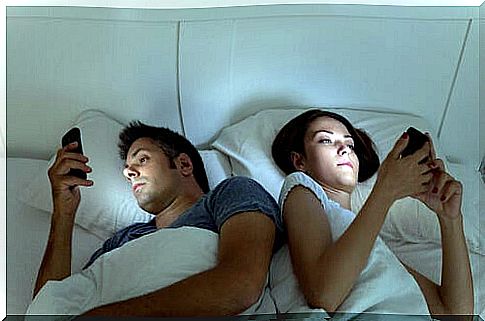
It is not the fault of Facebook , Instragram or Twitter, of course. But in our way of relating to those platforms.
According to an experiment carried out by specialists at Boston University, it has been concluded that the 140-character blue bird social network is the one most closely related to insomnia and problems falling asleep.
Why? Because users are connected practically all day (including at night) and usually publish between 6 pm and 10 pm. The peak of publications is 9:00 p.m.
The report also indicates that the day with the highest insomnia of the week is Wednesday. This is due, as they explain, to the fact that we have already passed most of the working days and we are too “accelerated” with so many obligations.
Coffee and cola are the drinks most consumed by tweeters with insomnia. Both contain caffeine, which is a substance that causes the brain to feel euphoric or alert.
However, the study’s Internet users stated that their reasons for not being able to sleep were “thinking a lot”, “browsing Twitter”, “using the mobile for many hours” and “watching television”.
Applications against insomnia?
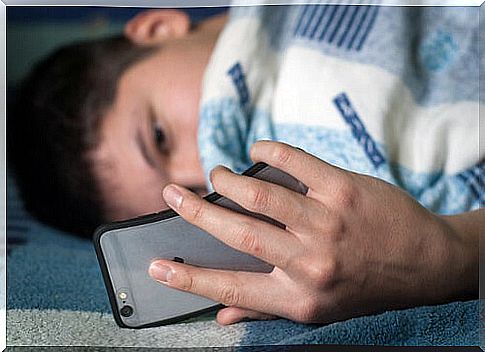
It may sound strange and contradictory to us that we can use the mobile precisely to be able to fall asleep. This is a very good way that we do not see this essential device as an enemy.
Technology can be beneficial or harmful, depending on how, for what and how much we use it. We can find in the Android and iOS online stores different applications that fight (apparently) insomnia:
SleepBot
You can monitor the user’s rest through the device’s microphone and motion sensors. It records snoring or ambient sounds to define the quality of sleep and includes an alarm that wakes us up if we have exceeded our rest hours.
White Noise
This application helps us to sleep quickly through music and sounds related to relaxation and rest. It is as if we were in a spa or a Buddhist temple. It also offers a soft alarm to wake us up in a good mood.
Sleep better
After analyzing your sleep, it offers you a routine for before and after sleeping. It is based on the user’s mood and the activities that they carry out in the afternoon and evening.
Try reading, taking a relaxing bath, doing some kind of gentle exercise like yoga before going to sleep. You will see how quickly the levels of brain activation decrease and how this affects your level of body relaxation. However, if insomnia persists, it is preferable that you consult your doctor.


